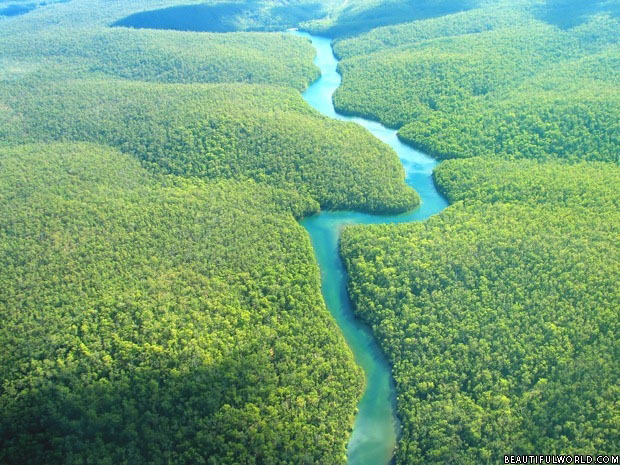Concerns that tropical forest degradation is responsible for even more carbon losses than deforestation has prompted the International Tropical Timber Organization (ITTO) to issue a call for investment in restoration through landscape approaches linked to supply chains, an undertaking which it says is critical to limiting the global temperature increase to 1.5 degrees centigrade. The lobby emerged from a forum staged by the ITTO and the Japan Forestry and Forest Products Research Institute during the global climate conference held earlier this month.
What was described as a ‘side event’ to the conference and titled “Restoring Degraded Tropical Forests: Reconciling Carbon, Biodiversity and Community Resilience”, was held on December 14 in Katowice, Poland during the 24th Conference of the Parties to the United Nations Framework Convention on Climate Change. The ITTO reports that the ‘side event’ explored the links between forest landscape restoration, sustainable supply chains, community resilience, biodiversity conservation and climate-change mitigation.
Discourse at the forum centred around a recent study which indicates that tropical forests are net carbon emitters due to degradation, which accounts for an estimated 69% of carbon density losses in tropical forests. “Under business-as-usual scenarios, the projected continued increase in the global population will result in further deforestation and forest degradation and increase the use of non-environmentally friendly materials, which would make it almost impossible to achieve the climate target under the Paris Agreement,” the ITTO says. Conversely, the ITTO believes that significant investments in forest landscape restoration linked to sustainable supply chains for timber and other forest products offers a viable, relatively inexpensive solution.
“Such investment would bring multiple wins for the Sustainable Development Goals, including rural jobs, poverty reduction, improved resilience of local communities, wood security, and the conservation of remaining primary forests and the biodiversity contained in them,” the organization says.
The most important role that forest investment will play would be that of “enabling the massive storage of carbon through restoration, reforestation, afforestation, sustainable forest management and the substitution of energy-intensive materials such as concrete or steel with sustainably produced wood.” The ITTO believes that these activities could save up to 8 gigatonnes of carbon dioxide emissions per year, equivalent to 15% of the mitigation gap in 2018.
The forum also focussed on the opportunities offered by the restoration of degraded forests to reconcile various interests and goals such as livelihoods, carbon storage and biodiversity conservation and to increase the resilience of ecosystems and people. Contextually, the meeting explored the importance of maintaining or enhancing carbon stocks in tropical forests under the UN Strategic Plan for Forests 2017–2030 and how doing so could contribute to achieving several of the Sustainable Development Goals.
The Director of the Department of Forest Vegetation at Japan’s Forestry and Forest Products Research Institute addressed the forum on innovative scientific methods for evaluating forest degradation, including the impact of fire on forest quality and species composition. He also spoke about the potential role of satellite-borne Lidar and unmanned aerial vehicles in evaluating forest degradation at various spatial scales.
Discussions also embraced a paper presented by the UN Food and Agriculture Organization on its efforts in forestry and landscape restoration.
The ITTO has undertaken various successful projects in Africa that have turned forest restoration by women into profitable business ventures including the production of wood charcoal.
